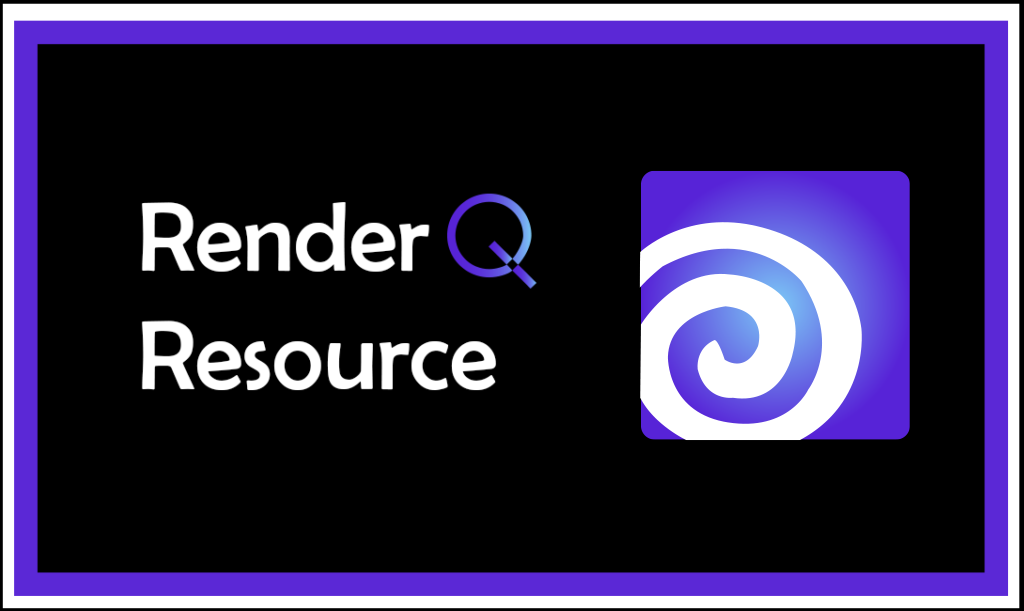Houdini Starter Pack
Houdini is a 3D animation software similar to Maya or 3DS Max. However,what makes Houdini stand out from the crowd is its tools to create procedural models and particle systems. Coming from someone who is most used to Maya, I can definitely say that it can be a little jarring starting out. This is why I have created a pack designed for anyone just starting to learn Houdini.
SideFx Website Resources:
SideFx has done a great job providing resources for new users to utilize to learn the basics of Houdini. Towards the top of the page, there is a tab labeled “Learn” witha drop-down containing multiple different resources to use. The one I would recommend for new users would be the tutorials section that includes videos covering various aspects of Houdini, including UI and Navigation, Procedural Modeling, Attributes, and Copy. These tutorial videos are about 5 hours long and are a great starting point for new users.
https://www.sidefx.com/learn/collections/introduction-to-houdini-1/
The “Getting Started” page contains even more resources for beginners made from several different Houdini users.
My favorite is “Houdini Isn’t Scary”, a 9-part series introducing Houdini and its systems.
https://www.sidefx.com/learn/collections/houdini-isnt-scary/
Another great video geared specifically for someone like me is a transition guide for artists transitioning from Maya to Houdini. It’s an hour-long video that covers many of the difficulties that artists like myself go through when transitioning to Houdini after being so used to Maya. In addition, it shows the difference and similarities between both software
Houdini utilizes multiple programming languages, and figuring out how they work for beginners is a little overwhelming. Thankfully SideFx provided us with a video detailing the 5 programming languages used in this software.
https://www.sidefx.com/tutorials/the-various-programming-languages/
What’s also helpful is the Houdini learning paths which cover many different aspects of the software, including modeling, pyro FX, fluids, and destruction FX.
SideFx has an extensive documentation list on their site, which is helpful as a reference for more experienced Houdini users.
YouTube Tutorials:
Applied Houdini:
Applied Houdini is a channel providing tutorials on various aspects of Houdini. However,his tutorials aren’t free. To get the entire thing, you will have to pay and watch his videos on his website. However, there is one gem of a video on his YouTube channel that is 2 hours long and covers Particles, and I think it is worth a watch.
Bubble Pins:
Bubble pins is a YouTube channel with over 2oo hundred videos about Houdini. This is a great resource for beginners and experienced Houdini users, and most of the videos come in very digestible lengths.
https://www.youtube.com/c/bubblepins/videos
Entagma:
This channel is geared more toward experienced users and dives heavily into the programming languages of Houdini. New users might want to hold off on their videos for a little bit until they are a little more experienced, but the information they give is valuable for those looking to get the most out of Houdini.
https://entagma.com/category/tutorials/
Houdini Reels and Projects:
While this isn’t really a resource to learn more about Houdini, I find it helpful to see what other people have made using the software. Pinterest is a great place to gain inspiration from other artists in almost every field.
Bonus Resource: Installing Houdini on Ubuntu
As a new Linux user, I’m still trying to get the hang of installing new software. This video will walk you through how to install Houdini on Ubuntu and how to source it in the terminal.
Conclusion
Houdini is a little overwhelming for new users and users coming from other software. But once you’re past the learning curve, you will realize just how powerful it truly is. Houdini has arguably the best particle systems out of all 3D software; mastering it can take years. We hope that here at RenderQ, we can help make that learning curve not quite as steep.
